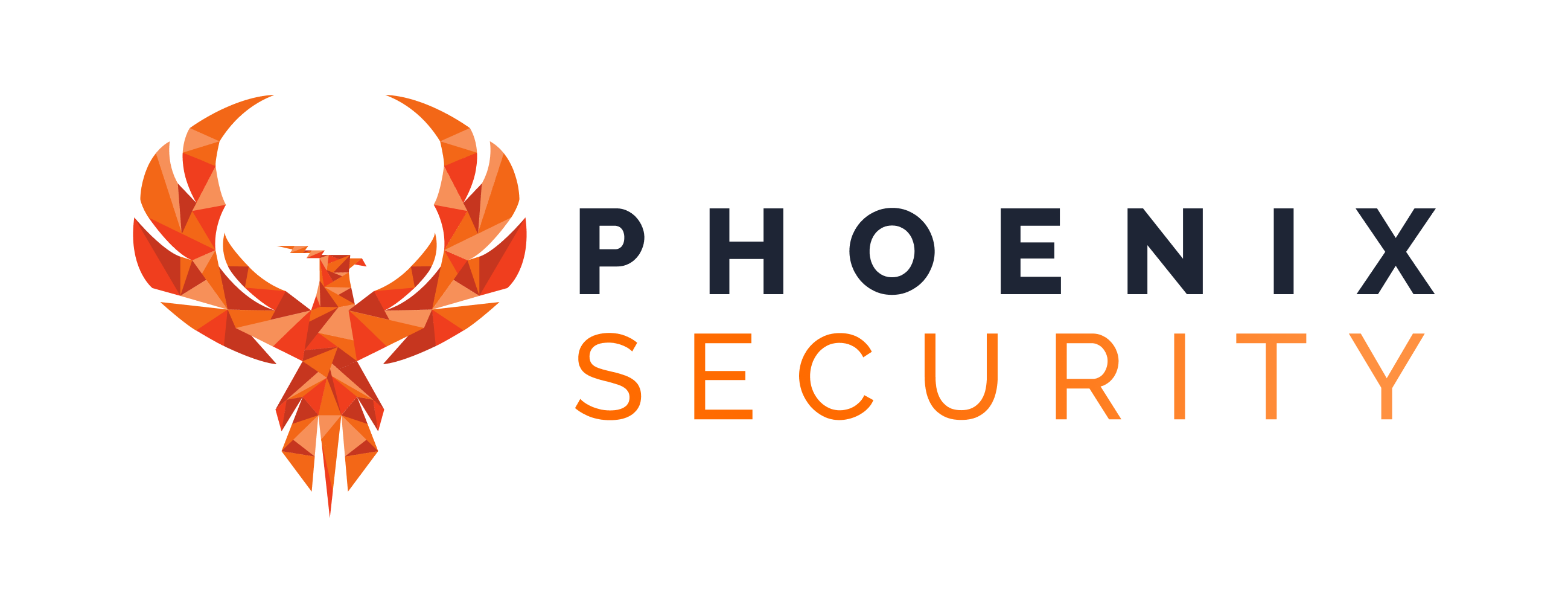Our latest article explores how EPSS (Exploit Prediction Scoring System) and reachability analysis work together within Application Security Posture Management (ASPM) to optimize vulnerability prioritization. EPSS predicts exploit likelihood based on global threat data, while reachability analysis assesses if vulnerabilities are accessible in your specific environment. ASPM platforms like Phoenix Security integrate these insights, contextualizing vulnerabilities within the software stack to ensure that teams focus on actionable, relevant risks.
By combining EPSS’s predictive power with reachability’s contextual focus, ASPM provides a holistic view, enabling security teams to prioritize vulnerabilities based on global trends, local relevance, and business impact. This approach is especially effective for high-risk vulnerabilities like Remote Code Execution (RCE), where EPSS highlights potential threats and reachability analysis confirms their presence in the application path. Phoenix Security’s 4D risk formula further refines prioritization, considering severity, reachability, threat intelligence, and deployment context.
This dual-layered strategy empowers organizations to strengthen security posture, minimize noise, and act on the vulnerabilities that truly matter.- Mapping of vulnerabilities to Installed Software
– Find Assets/Vulns by Scanner
– Detailed findings Location information
Risk-based Posture Management
– Risk and Risk Magnitude for Assets
– Filter assets and vulnerabilities by source scanner
Integrations
– BurpSuite XML Import
– Assessment Import API
Other Improvements
– Improved multi-selection in filters
– New CVSS Score column in Vulnerabilities




















